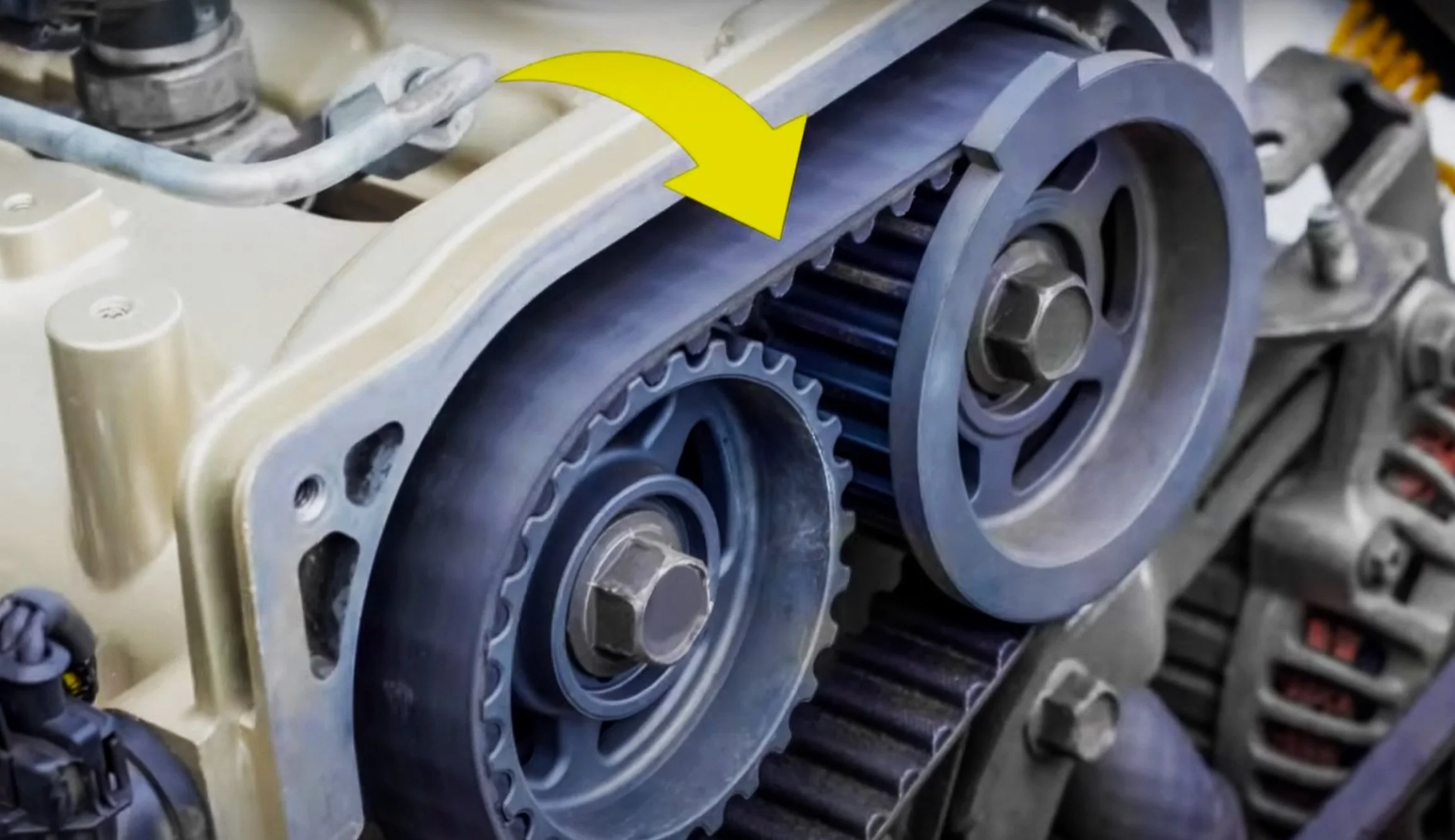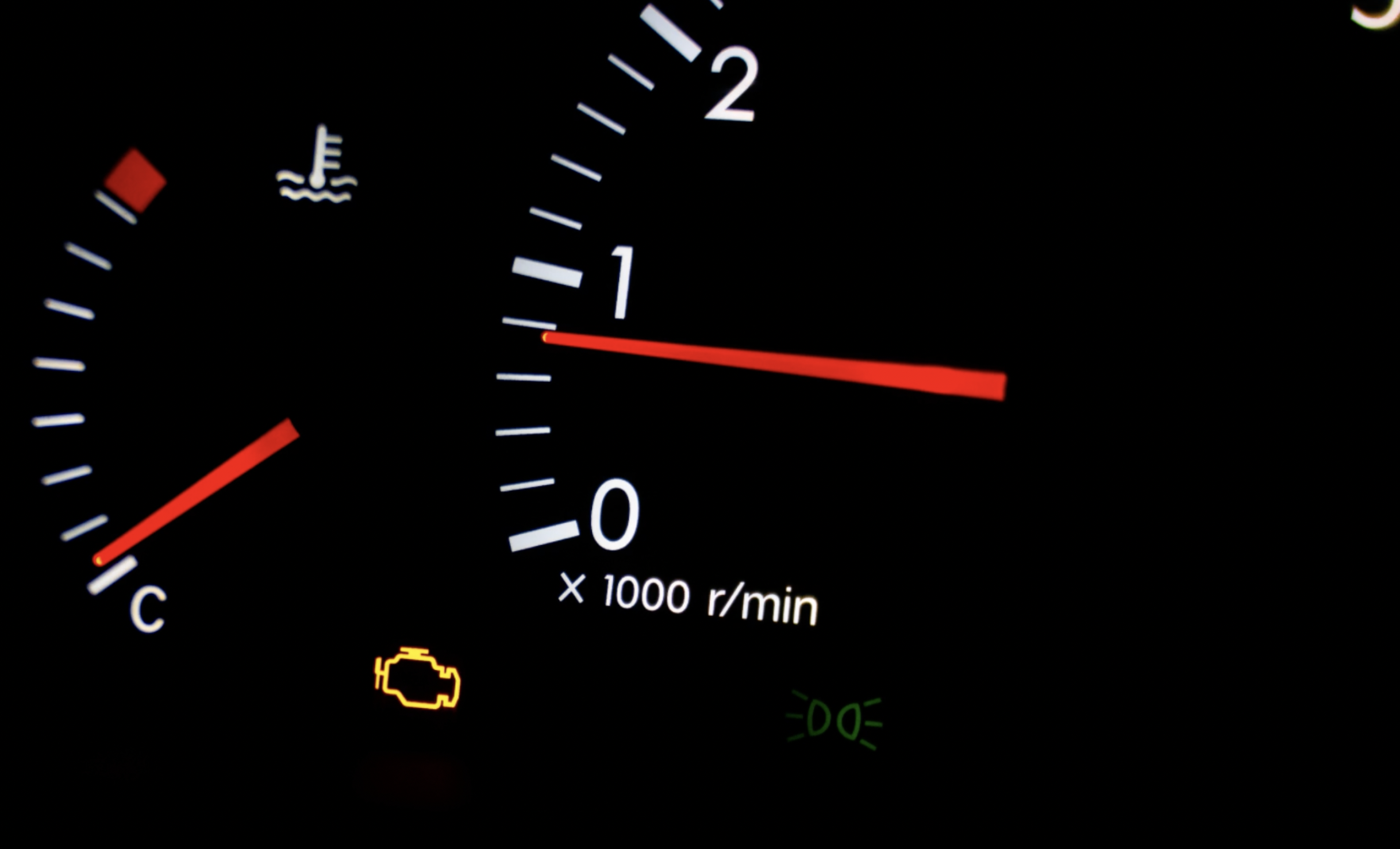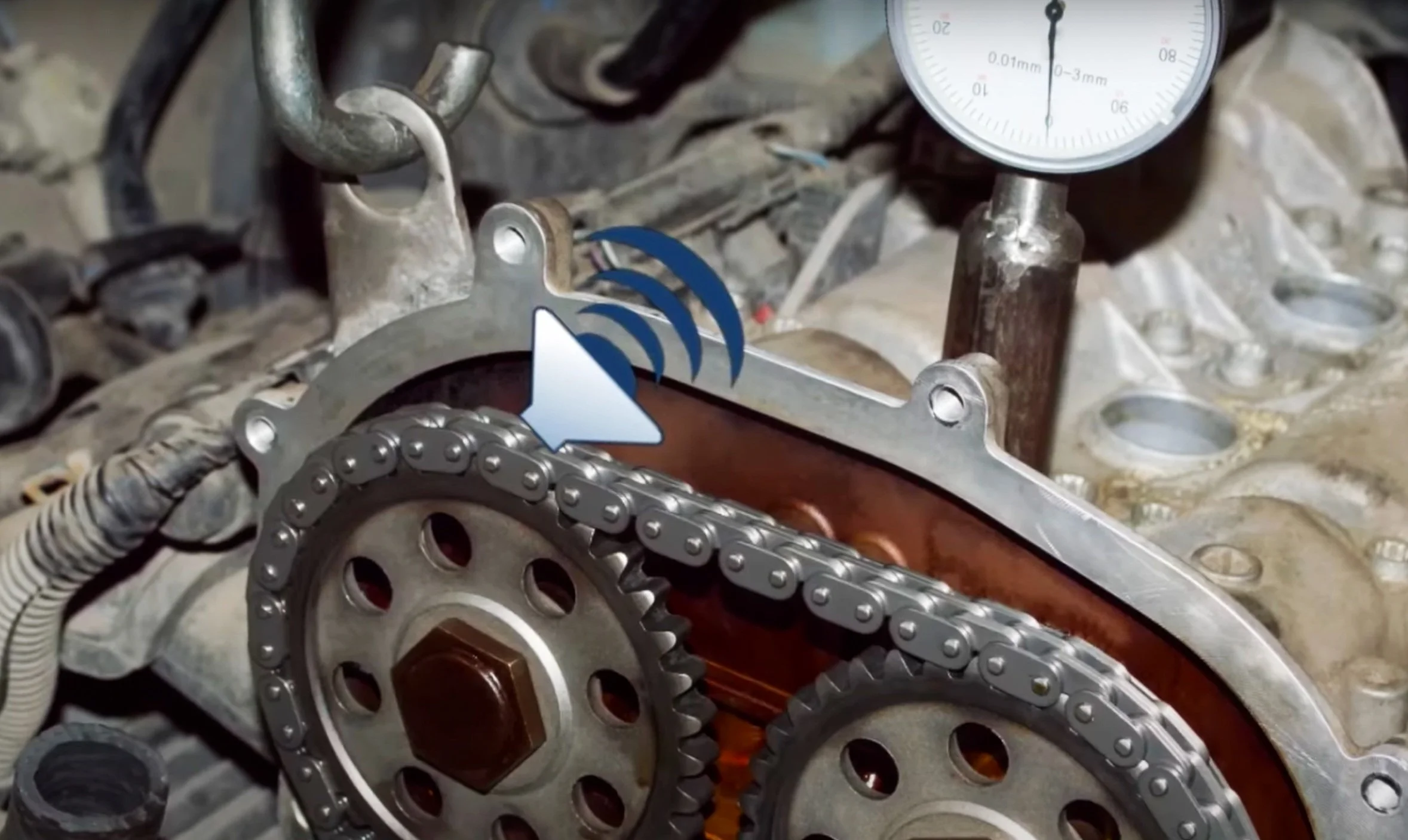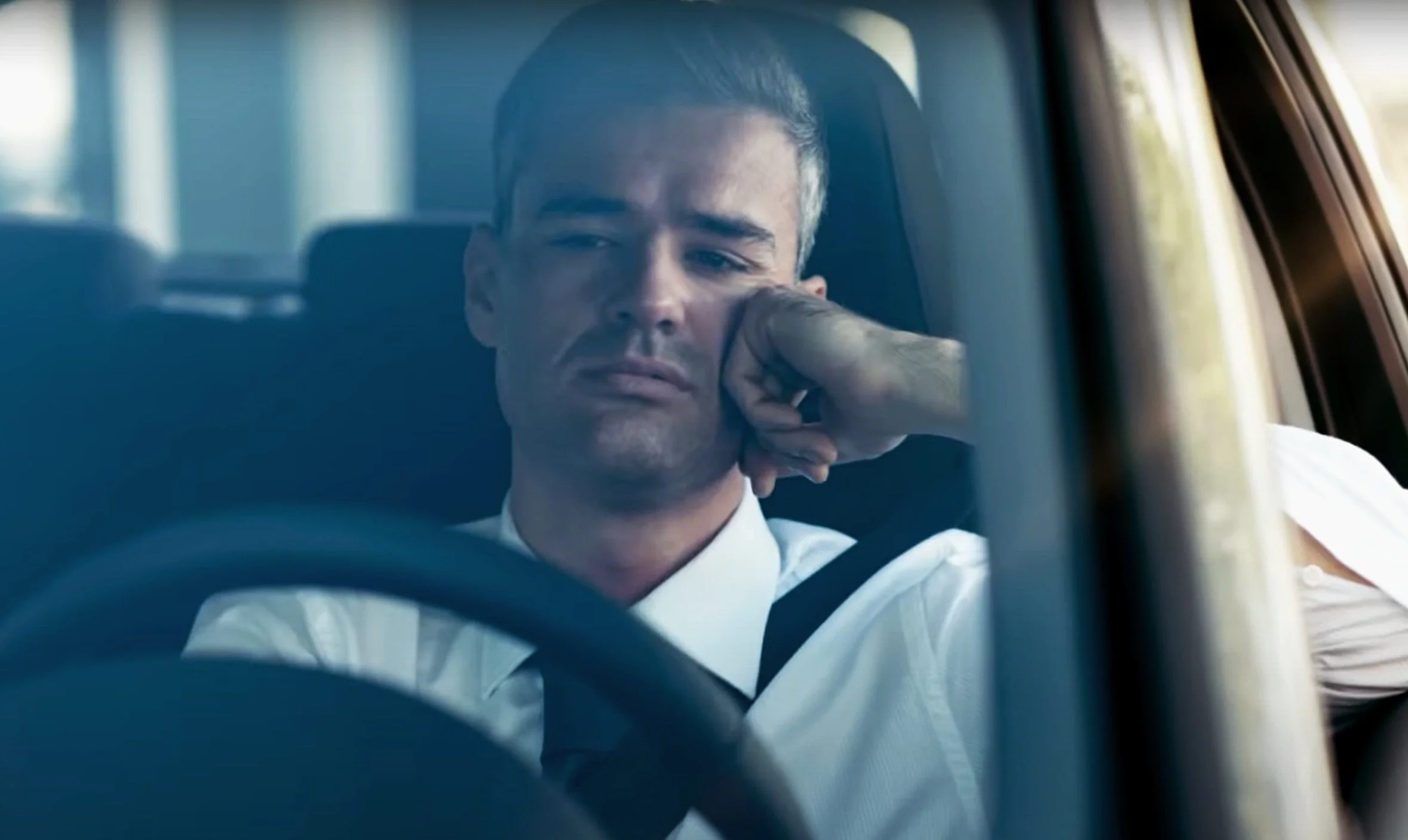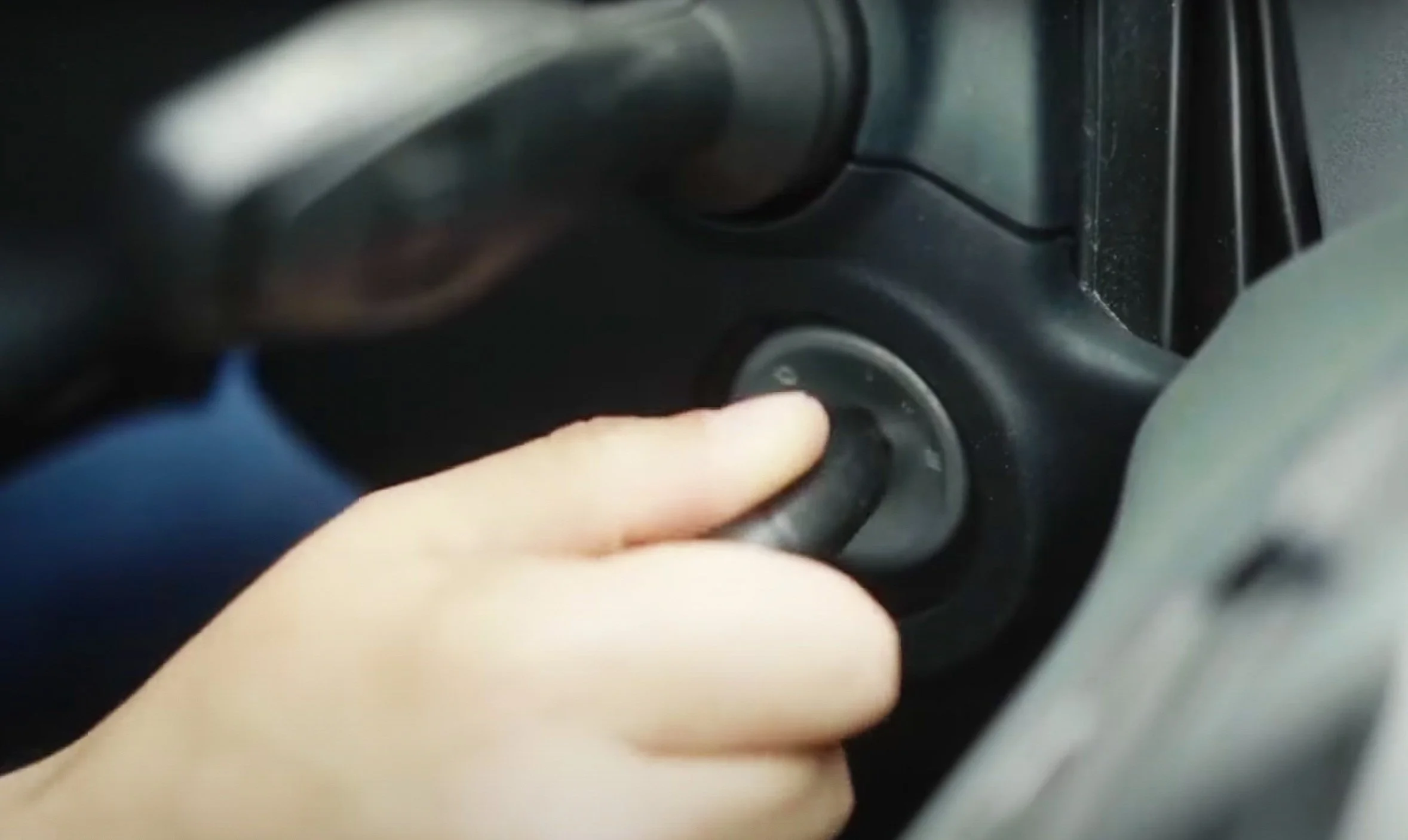4 SYMPTOMS OF A BAD TIMING BELT/TIMING CHAIN
PURPOSE
The purpose of the timing chain or belt is to keep the camshaft and crankshaft in sequence. This is critical for the engine to be able to run by allowing the camshafts to open the intake and exhaust valves at the correct time depending on the pistons’ position during the 4-stroke cycle. In some situations, it also drives the water pump, oil pump, and balance shafts.
location
The location varies between cars. It will usually be behind the timing cover in the front or the left side of the engine.
Symptoms
engine light
The first symptom of a bad timing belt is having the check engine light on. Here are some codes that are correlated to a defective timing chain or belt:
P0300
P0017
P0016
P0340
P0344
Ensure you can access your car's diagnostic codes by acquiring an OBD2 scanner here.
unusual sounds
The second symptom of a bad timing chain is hearing unusual sounds. While the car is running, a loose timing chain could be smacking the timing chain cover, creating a rattling, knocking, or clattering sound. On most cars, the timing chain should not exceed a half inch or more of stretch. If it does, it’s best to replace it.
poor performance
The third symptom of a faulty timing belt is poor performance. A stretched timing belt or chain could eventually lead to skipping a tooth on one of the sprockets. This changes the timing, resulting in the valves opening and closing at the wrong time during the four-stroke cycle. This is why your car is losing power.
fast crank but no start
The fourth symptom is a fast crank but no start. If you don’t replace your timing chain or belt within the manufacturer’s specifications, it could break. A broken belt will fail to rotate the crankshaft and camshaft together, resulting in the starter only rotating the crankshaft. This reduces the torque needed from the starter, which is why you hear it moving faster.
It’s important to note that if you have an interference engine and the belt breaks it could have ruined the valves and pistons due to collateral damage. If you have a free-wheeling (noninterference) engine, then you don’t have to worry. Since the pistons and the valves have enough space in between to not clash.
Check out my YouTube video!
Disclaimer: Some links in this article may be affiliate links.


